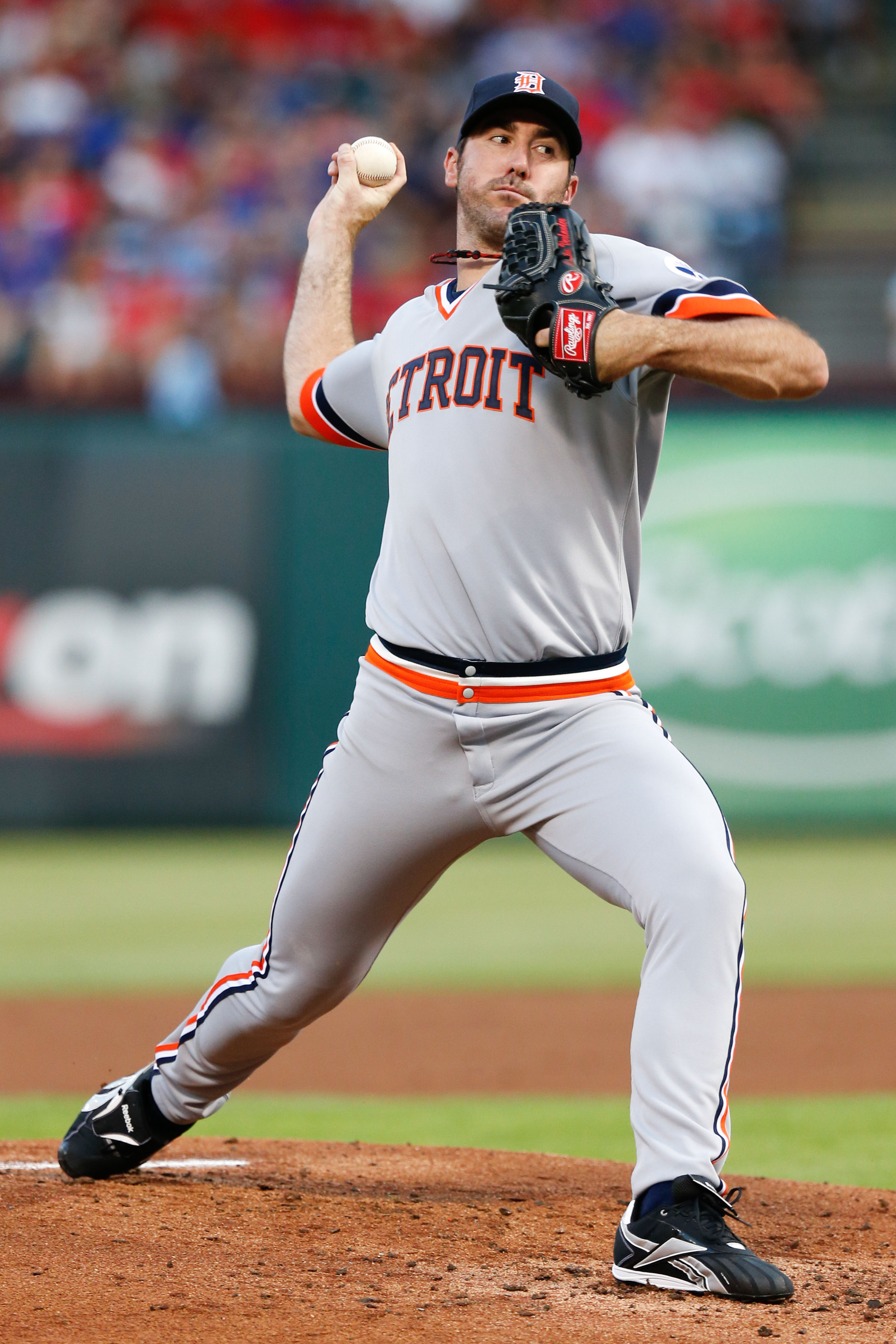Mike Mussina
Mike Mussina may not seem like the type of superstar you would expect to see on this list, and he was rarely a league leader during his career and never won a Cy Young, but he was a very good pitcher for a very long time, and he did everything he could to get his team to win a World Series, though he never succeeded at that.
Mussina was drafted by the Baltimore Orioles out of high school, but decided to attend college at Stanford instead, after which he was again drafted by the Orioles, this time in the first round. After just over a year in the minors, he was brought up to the big league club, and he wouldn't go back.
In 1992, his first full season with the Orioles, he led the league in win percentage, with a record of 18-5, and came in 4th in the Cy Young voting. He would finish in the top 5 three more times in the next 4 seasons, including the 1995 season, when he led the league with 19 wins and 4 shutouts.
The 1997 season was his best with Baltimore, with a career high 218 strikeouts and a 3.20 ERA, his lowest since 1992, and the Orioles made the playoffs for the second straight year. He was very good in the ALDS, outdueling Randy Johnson twice while giving up only 3 runs in 14 innings as Baltimore swept. In the ALCS, he was even better, giving up only 4 hits and 1 run over 15 innings while striking out 25 batters, which was the ALCS record at the time, but the Orioles failed to score a run in either game, and they lost the series.
After a few more seasons with Baltimore, Mussina left to join the 3-time defending champion Yankees as a free agent, hoping to get a championship ring. His first season in New York was his best, with a 3.15 ERA and 214 strikeouts, and the Yankees did reach the World Series, but they lost to Arizona in 7 games.
He pitched 7 more seasons for the Yankees, reaching the playoffs in the next 6, but never did get that championship ring. In 2008, he finally reached the 20-win plateau for the first time in his career, becoming the oldest pitcher ever to do it for the first time, and he also became the first pitcher in over 40 years to retire immediately after a 20-win season.
Mussina came very close to recording a perfect game on 5 different occasions, with 4 different games of just one man allowed on base, three of which were perfect until at least the 8th inning. He has been on the Hall of Fame ballot for 5 years, and has been inching closer to election. There are currently only 2 eligible pitchers who have at least 100 more wins than losses that are not in the Hall, Mussina and Roger Clemens.
Mussina holds the AL record for most consecutive seasons with at least 11 wins, with 17, so even though he was never dominant, he was always very good and very steady and reliable. He was amazing in the 1997 postseason, but couldn't overcome the lack of run support, and played well in several postseason appearances late in his career with the Yankees. He may not seem like the obvious choice, but Mussina belongs on this list of the greatest players of all time.

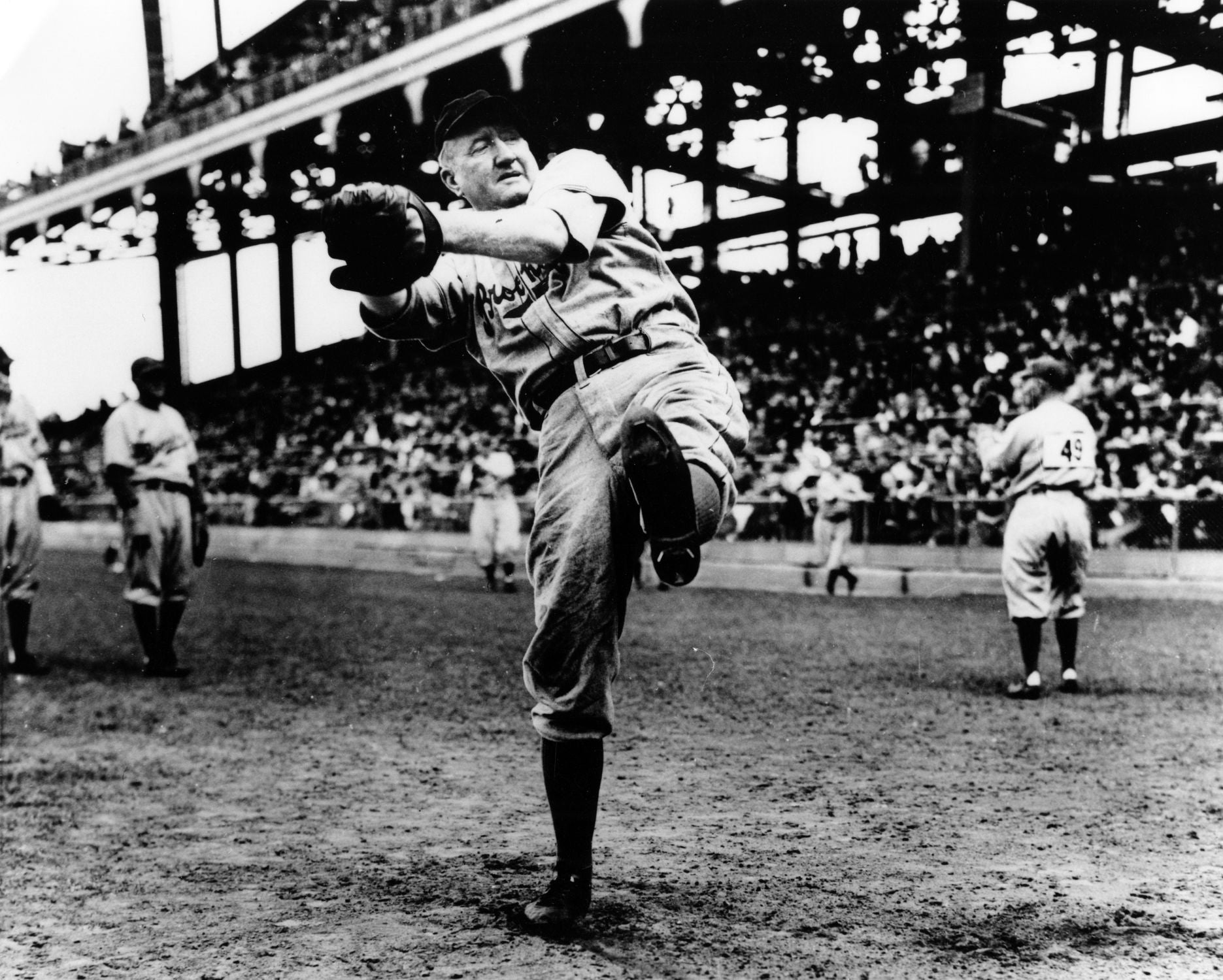
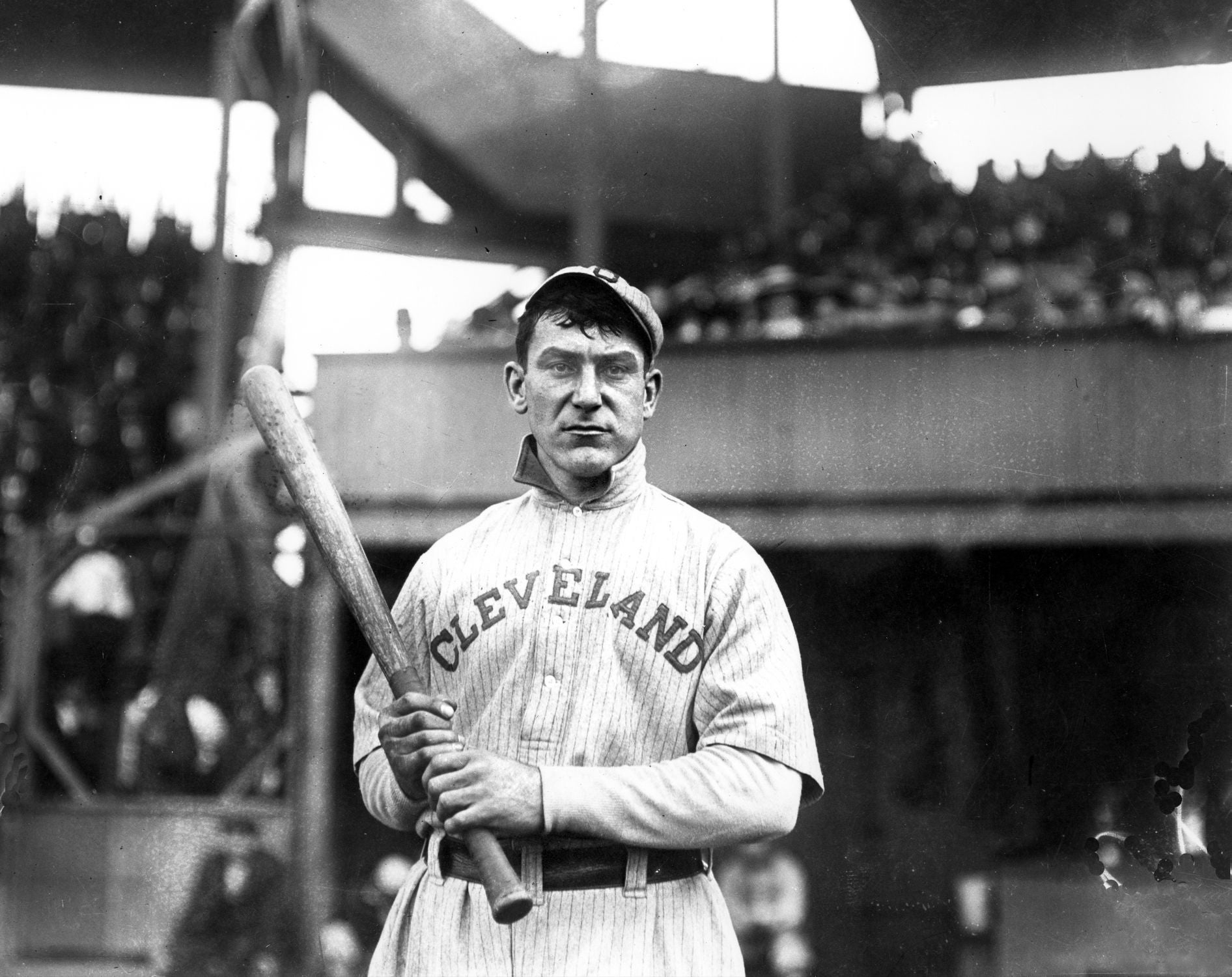

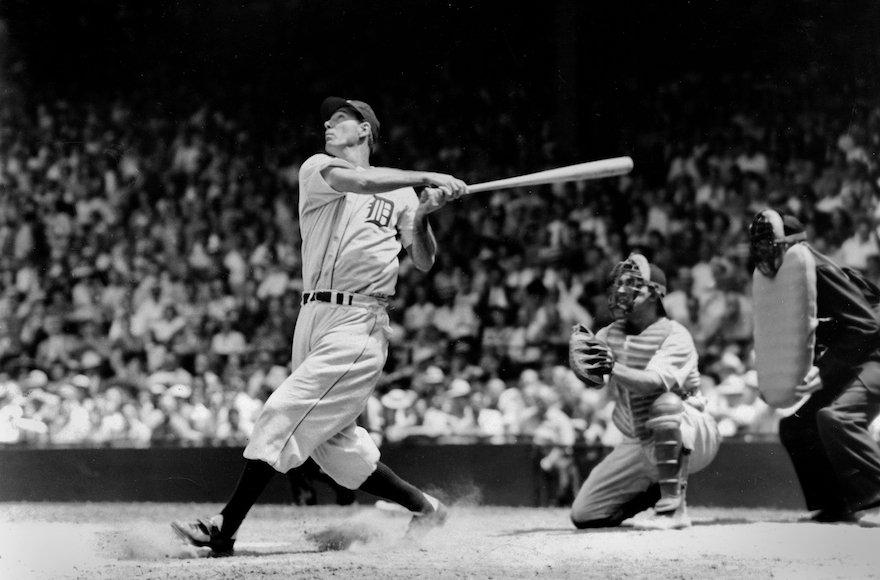


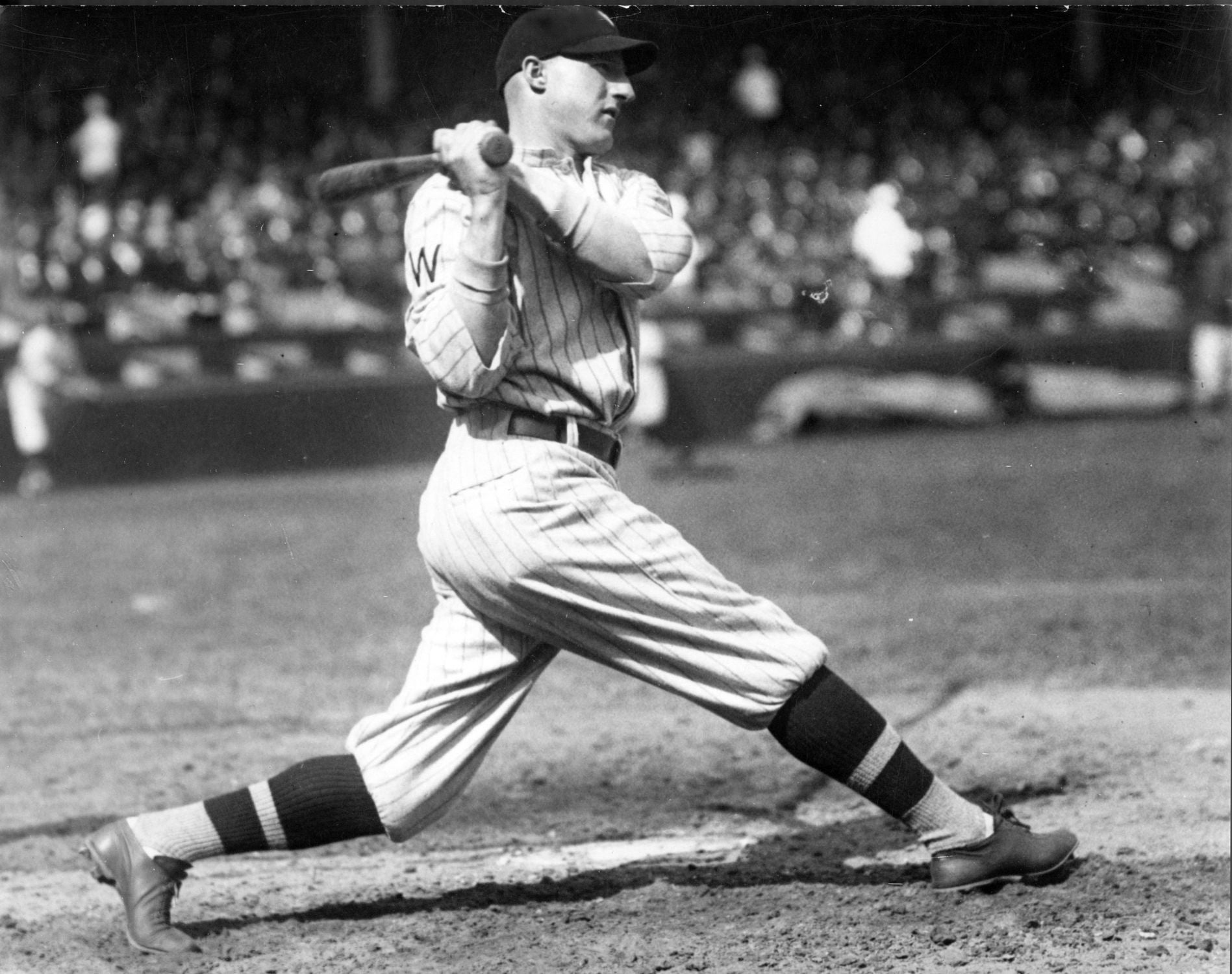



.jpg)
/cdn.vox-cdn.com/uploads/chorus_image/image/30249641/feller1.0.jpg)



/cdn.vox-cdn.com/uploads/chorus_image/image/57308845/866042018.0.jpg)

